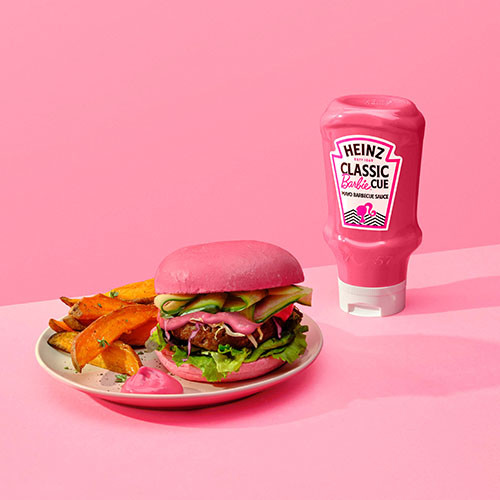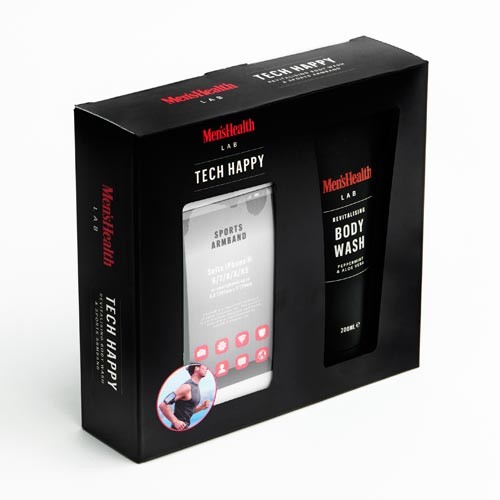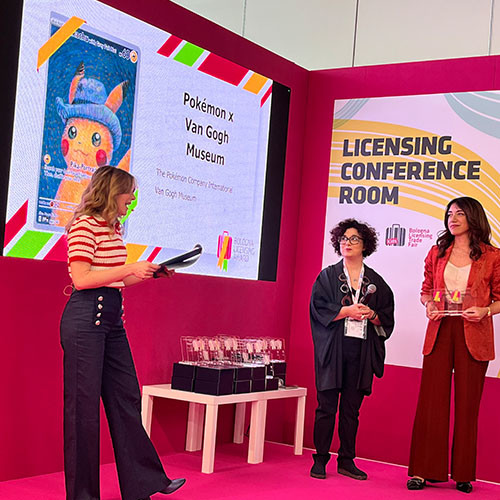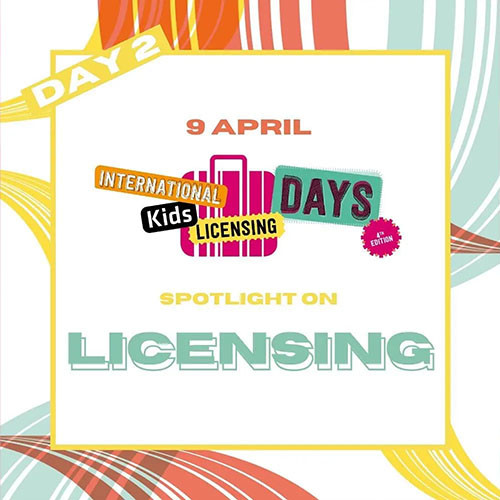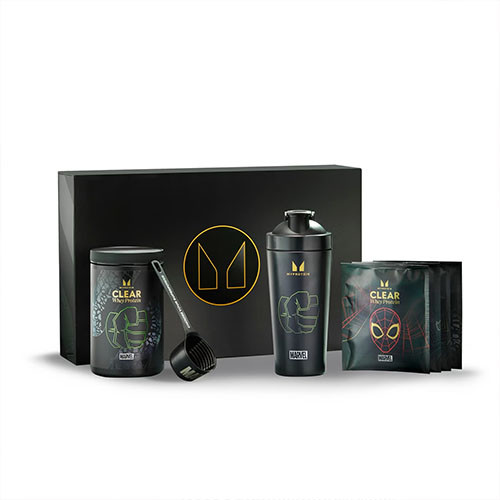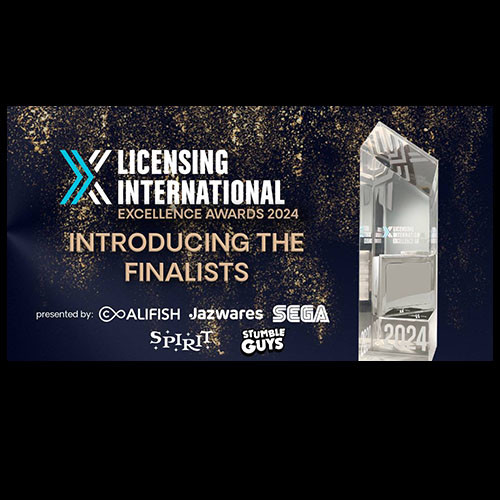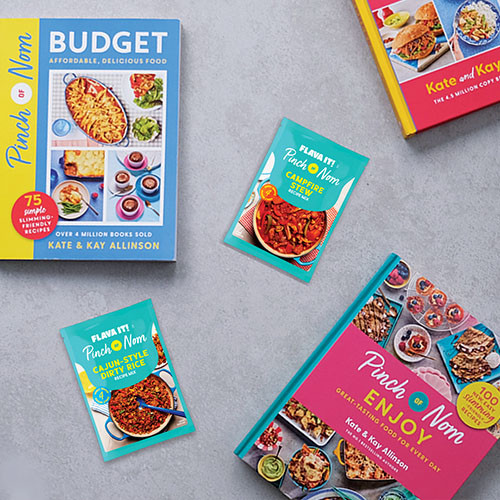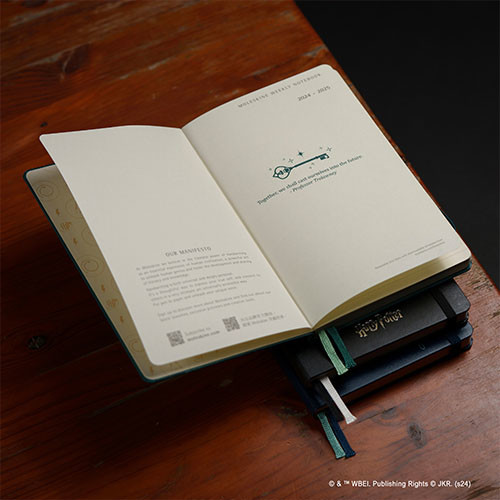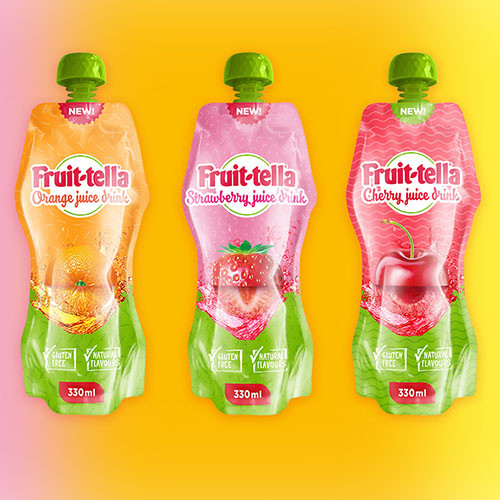Roy Lowe & Sons’ Rob Broadhurst shares his thoughts on licensors, licensees and retail.
Some of you will know that I undertook a rather dramatic career change when making the leap into the licensing industry as a professional Sock Monkey with Roy Lowe & Sons, having spent the previous eight years selling engineering products into the offshore industry.
My about turn was mainly due to the influence of my friend Martin Lowe and his somewhat rambunctious recruitment techniques. So, as I approach my second anniversary, it felt like a good opportunity to put some thoughts down on paper about the industry while it’s still new enough for me to be able to give a vaguely objective view.
Licensee
I think we need to look closer at our marketing and communications: in particular I’m talking about D2C. Often we are not in control of our own image the activities portrayed to the public. It’s a tired trope to harp on about businesses needing to utilise the myriad social media platforms as many have embraced these ideas, but I think we are still focused primarily on BTB communications.
This could be justifiably so as in many cases we are acting as contract manufacturers, with sales and marketing strategies focused on relationships with retailers and licensors. However, we shouldn’t lose sight of that fact that licensor/licensee/retailer all have the same customer – the consumer.
While engaging directly with the consumer, we should also be mindful of PR through other channels. For further info on this I’d recommend Andrew Levy & Judy Bartkowiak’s Secrets of $uccess in Brand Licensing – there is section on PR by Jane Garner of Kilogrammedia that is tailored to our industry and is very useful.

‘Marmite-Gate’ is an example played out in the national press and across social media. In this case Unilever didn’t appear to be in control of what was reported, so the story was owned almost entirely by the Tesco.
Anecdotally I found that Unilever were seen as the ‘big bad corporation’, while Tesco were lauded as a champion of the people for not kowtowing and protecting prices for the public. Tesco didn’t do anything underhand, they just owned the communications better. They have an advantage as they were already constantly in touch with the consumer, but they were able to push their side of the story first.
For licensees it should be heeded that having a clear channel of communication to the public, and a quick turnaround PR facility, allows the opportunity to tell your side of the story.
A great many of the suppliers in our industry are SMEs without enormous marketing budgets, but regardless of this PR and communications strategies are something all licensees should be working on. It’s very important that we as licensees take responsibility for this as we are then in control of our own ‘spin’.
Retailers
As with the above, many suppliers have been forced into raising prices, obviously this hasn’t been met with enthusiasm (!) and has meant an intense period of negotiating. As well as face cost saving initiatives by some retailers such as tendering and open costings, it has often been a case of justifying licensed product and its premium price.
In my former life, project tendering was a way of life and the competition was often fierce with many companies looking to pick up big contracts. One of the major procurement strategies employed on projects I was involved with, particularly for premium or high spec items, was to assess purchases using Total Cost of Ownership (TCO). For those unfamiliar with the concept then visit the CIPS website for more info, but to summarise think ‘when buying a photocopier look at the cost per copy rather than the initial price’.
In our case, rather than the purchase price of goods could we take a more holistic approach and look at the total ‘life’ cost? There are many key drivers in purchase of a particular branded product, but it is price that is most important to the retail buyer. There are rare occasions when price can be less of influence. If as a manufacturer you have supply routes with differing lead times, then it’s possible, dependent on the level of desire to get a product in store quickly, that you may be able to use the higher priced, shorter lead time option.
Away from this however, thinking of TCO, shouldn’t there be additional influences?
- Design – it can make or break a product, but how do you price good design? On DTR in particular, if the design resource available to the retailer in-house doesn’t match up to that of the product specialist, then how is this factored into the buying decision?
- Sell through – simply put, if the product flies off the shelf then you don’t have to factor in mark-down/discounts, the only thing you need to worry about is re-stocking!
- Local supply – where a licensee is able to offer local supply at significantly reduced lead times but increased cost, such as reacting to a hot licence/event or a line selling through rapidly. I’ve seen the option of UK supply (6 weeks) thrown out in favour of the Far East (15 weeks) due to cost, however consider this in a wider business context rather than a simple transactional decision on price/margin. For 8-10 weeks a hot brand could be on shelf, at lower margin, but with great sell-through. A less popular brand or non-licensed product could have a terrible rate of sale and is marked down/written off, severely impacting margin anyway.
Often buyers are hamstrung by restrictions on margins by the business even when they can see that the hit on margin is worth it to get product in-store, they simply aren’t given the backing to be able to make the call. Rather than installing an inflexible process-driven structure, should retailers not place more trust in their buyers and empower them to make decisions for the benefit of the business?
Many senior executives will argue that it’s impossible to allocate that level of freedom, but for an example of a company subverting this approach then take a look at the Netflix Culture Deck – some great ideas that can be used as inspiration?

Licensor
As a licensee it would be all too easy for me to say the best thing licensors could do at times such as this is to drop their royalty rates to help licensees on margin…. but what is needed is to speak ever more loudly to retail promoting licensing in general for the benefit of the industry as a whole. Much in the same way that the BTHA runs shows such as London Toy Fair to generate funds so that they can continue to lobby on behalf of their industry.
In an era where the terms such as CMF & PC are appearing ever more frequently on contracts, that extra % should be channelled further to strengthen the draw of merchandise and its ability to create ‘marquee’ branded products – which we know can generate excitement plus profits due to their unique appeal and premium price point. The instances last year, picked up on by Ian Downes in his regular Licensing Lookout column, where some retailers were running 50% promotions on Christmas gifts as early as November demonstrate that this message isn’t always getting through.
When retailers and manufacturers are negotiating hard over costs and there is the genuine threat of reduced options because sometimes ‘it’s better to list own label’ then this is not the time for licensors to look on from the sidelines. It’s a time to get in the trenches with licensees and launch forth with a bombardment of pitches, presentations and promotions!
And as licensing only accounts for approximately 2-3% of total retail sales value, we all have to work together to promote licensing across the board. Senior management in retail may not always recognise the inherent value of what we as an industry are able to offer, so there is just as much call for evangelising at board level to retail buyers get ranges approved.
Working collaboratively is paramount, particularly when market forces outside of our control are becoming the biggest influence on purchase. I hope that licensors can work alongside their licensee and retail partners to promote licensed product as a whole, justifiably maintaining a premium price point lessening the impact of exchange rates on margin for all.
Of course, instead of that you could always just knock a few per cent off your royalty…
Rob Broadhurst is account manager at Roy Lowe & Sons. He can be contacted on Rob@roylowe.co.uk.











